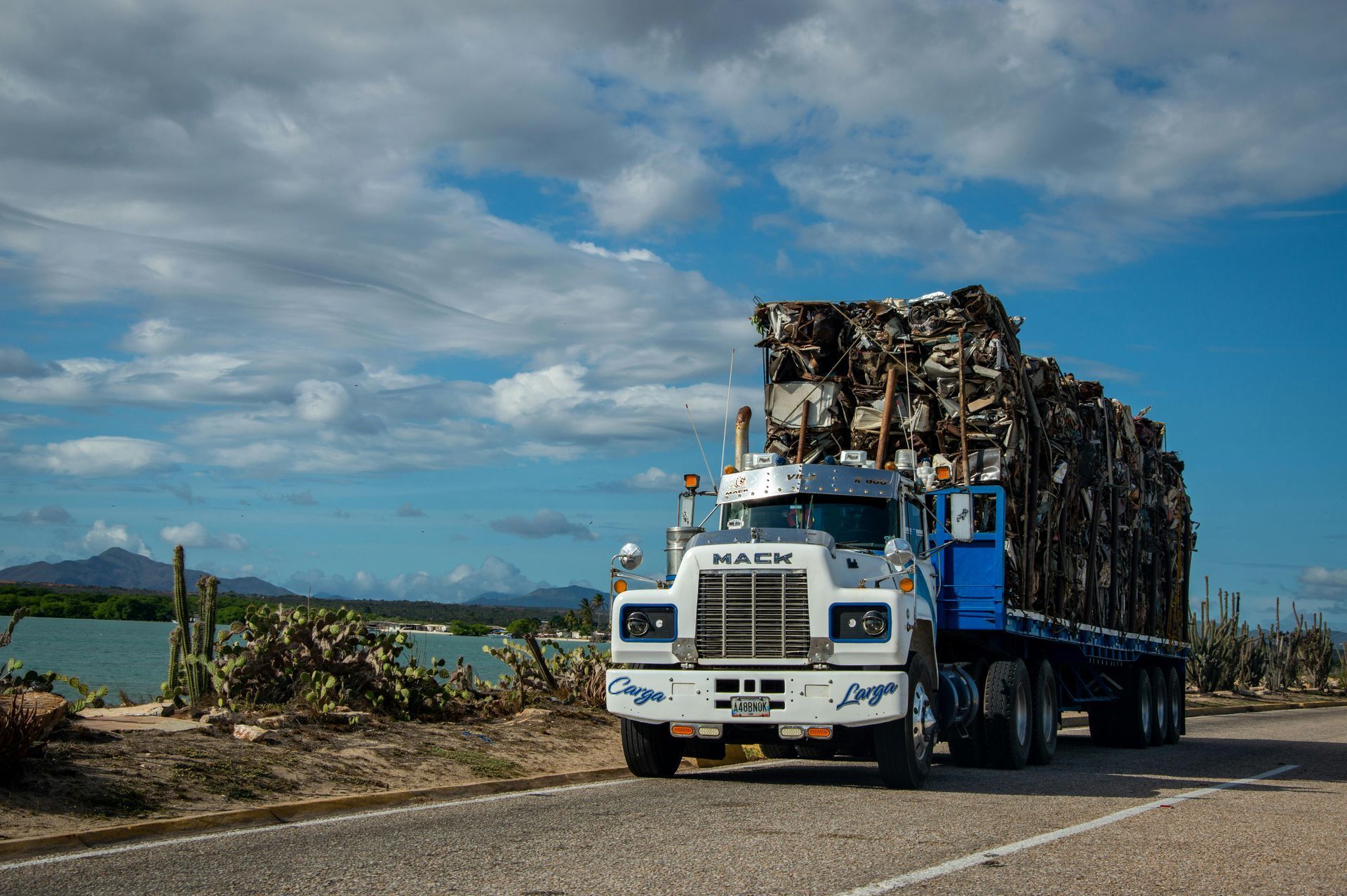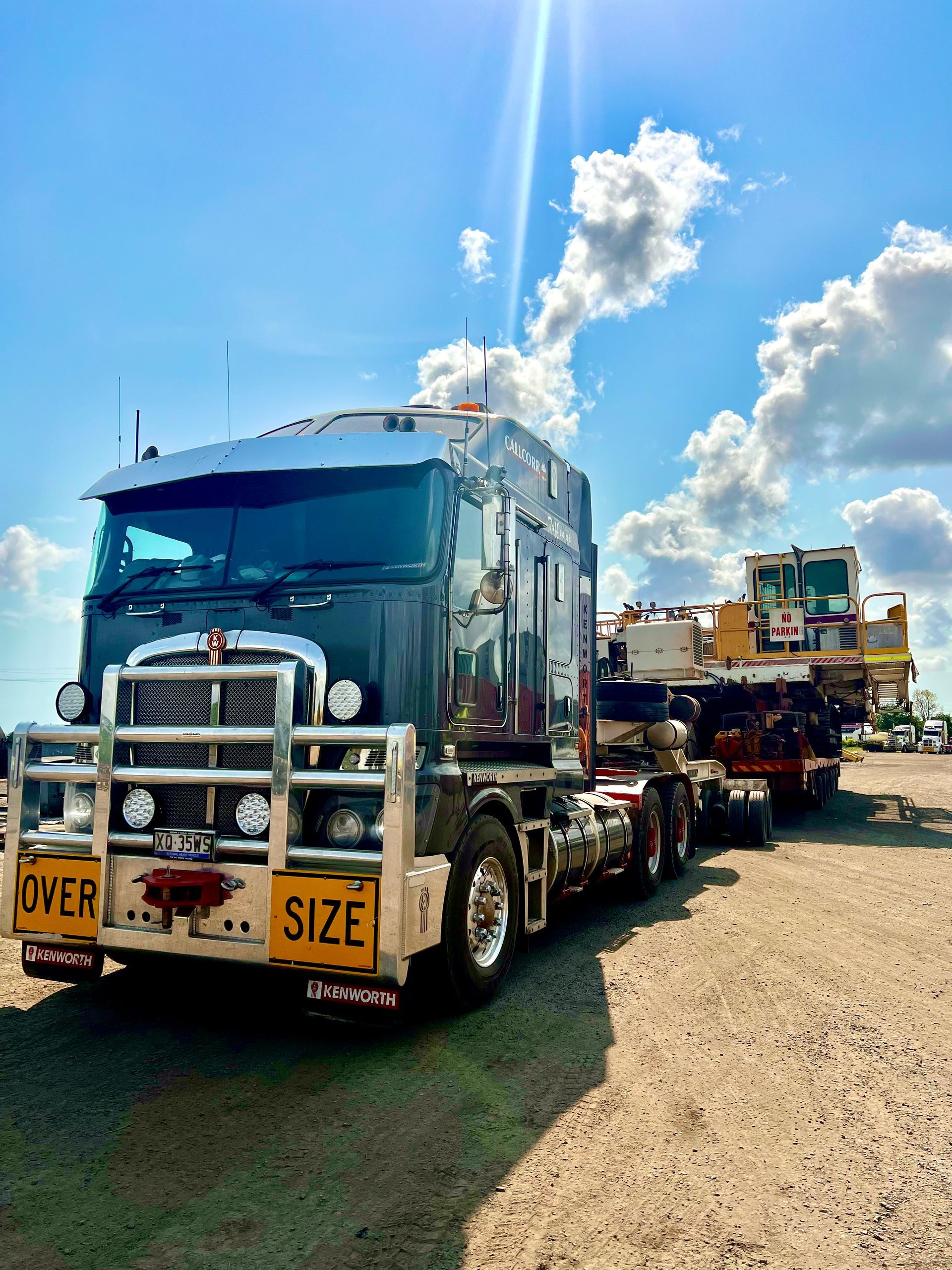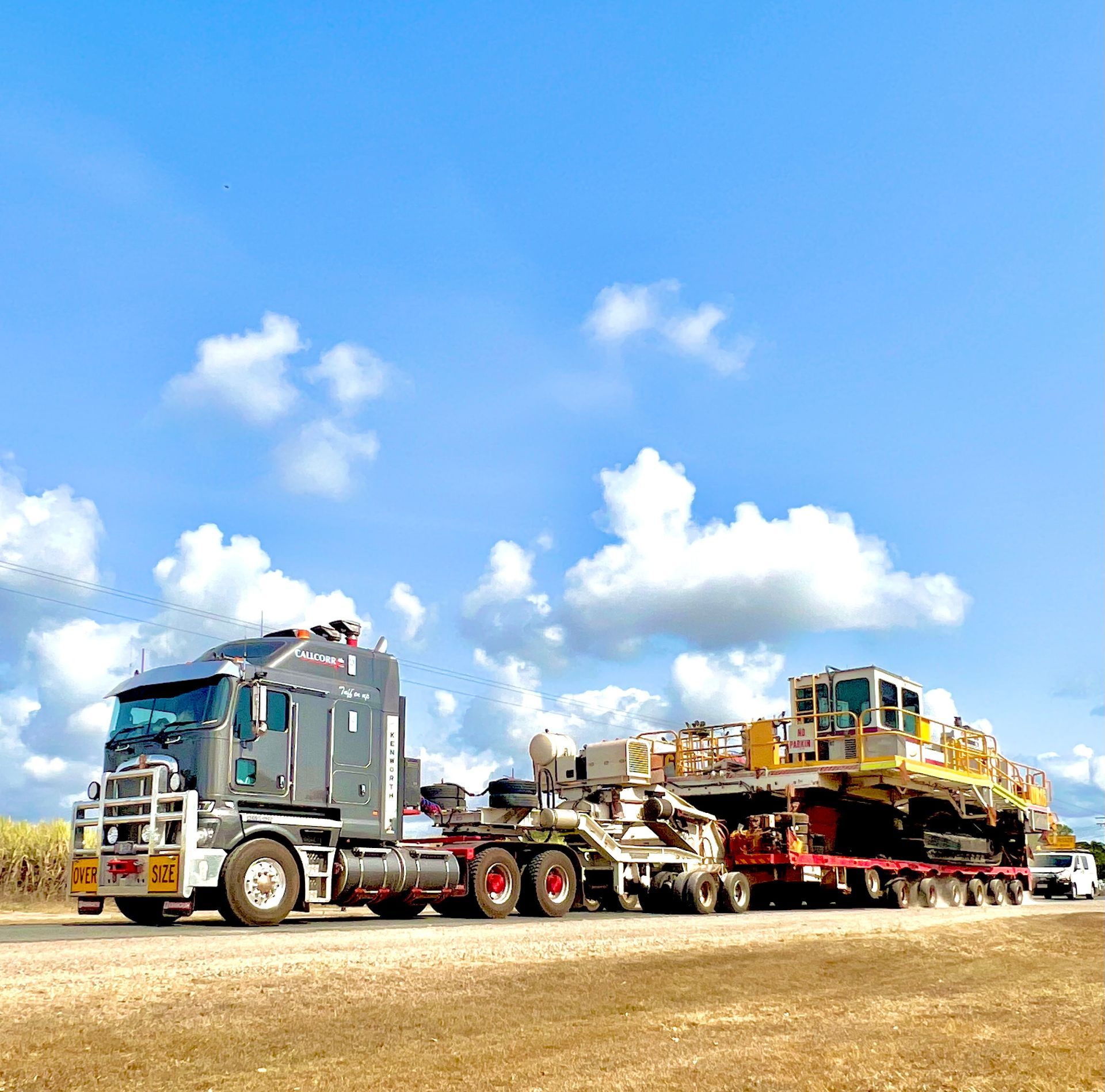Understanding Heavy Haulage Permits & Regulations: A Comprehensive Guide
Transporting oversized and heavy loads isn’t as straightforward as loading cargo and heading out. Across Australia, moving large equipment or machinery involves careful planning, a solid understanding of the legal framework, and a clear grasp of the logistics involved. Permits and regulations aren’t just bureaucratic necessities—they’re essential tools that safeguard infrastructure, ensure safety, and keep transport operators on the right side of the law.
This blog discusses the key considerations involved in heavy haulage and machinery transport

Why Are Heavy Haulage Permits Critical for Interstate Transport?
When transporting heavy machinery across state lines, permits are more than paperwork—they’re legal obligations that ensure every part of the journey complies with jurisdictional laws. Interstate operations add a layer of complexity as each region may interpret and enforce regulations slightly differently.
Permits are required to:
- Comply with weight and size restrictions that differ across states
- Protect infrastructure such as roads, bridges and culverts from damage
- Ensure the safety of other road users and pedestrians
- Outline specific routes to avoid low-clearance structures or weak pavements
Without the appropriate permits, operators can face significant fines, delays, or even roadside grounding. Applying early and understanding each region's requirements ensures the smooth flow of heavy haulage across borders.
Navigating Load Restrictions: What Can & Can’t Be Transported
Not every load is created equal, and certain weight and dimension limits classify cargo as oversized or overweight. These classifications dictate whether a load requires specific permits or route planning.
Common restrictions include:
- Width: Typically, anything over 2.5 metres wide is considered oversized
- Height: Loads taller than 4.3 metres require review
- Length: Any combination longer than 19 metres usually needs a permit
- Weight: Axle groupings exceeding standard gross limits require overmass permits
Operators must also consider dynamic load shifts, which can cause compliance breaches if weight isn’t evenly distributed. Knowing these limits ensures transporting within legal and safety boundaries.
Who Issues Permits? A Look at State & National Regulators
Permit responsibilities are divided between national and state-based authorities, depending on the route and load type. The National Heavy Vehicle Regulator (NHVR) coordinates permits across most of Australia, but some regions maintain their own systems.
Permit issuers include:
- NHVR: Governs most eastern and southern states, centralising permit applications
- State Departments: Western Australia and the Northern Territory operate independently
- Local Councils & Road Authorities: Issue consents for using local infrastructure or roads
Engaging with the correct regulator from the start of your logistics planning is critical. Each authority may have specific application timelines, assessment criteria and route conditions.
Timeframes & Validity: How Long Do Permits Last & What Affects Approval?
The permitting process doesn’t happen instantly. Timeframes vary, and the duration of a permit depends on its type and intended use.
Typical details to keep in mind:
- Single-trip permits: Valid only for one defined journey
- Periodic permits: Often valid for three to twelve months, suited for regular routes
- Processing time: Usually between 5 and 28 days, depending on complexity
- Approval delays: Can occur due to incomplete applications, route restrictions or roadworks
Planning ahead prevents operational bottlenecks. Submitting complete applications and monitoring local road conditions can streamline approval.
Escort & Pilot Vehicle Requirements for Wide or Long Loads
Some oversized loads present enough risk to warrant additional road users, namely, escort or pilot vehicles. These support vehicles serve as early warning systems, helping to alert other drivers and ensure safe passage for the heavy transport.
Escort requirements typically apply when:
- Loads are wider than three and a half metres
- Vehicle combinations stretch beyond thirty metres in length
- Routes include known hazards or limited visibility areas
Escort responsibilities include:
- Maintaining constant communication with the driver via UHF or two-way radio
- Managing traffic flow during complex manoeuvres, such as turning or lane merging
- Verifying clearances at bridges, roundabouts, and other critical points along the route
Failure to provide the necessary escort or pilot vehicles can invalidate the permit. This may lead to delays, substantial fines, or increased liability in the event of an incident.
Mapping Safe Routes for Heavy Loads: It’s Not Just GPS
You can’t rely on a standard GPS for a 60-tonne load across town. Route planning is one of the most important aspects of permit-based transport.
Key considerations for route planning:
- Clearance heights: Tunnels, powerlines and overpasses must be accounted for
- Load capacity: Bridges and culverts have weight limits that can’t be breached
- Traffic conditions: Congestion, school zones and pedestrian-heavy areas must be avoided
- Construction zones: Worksites may restrict lane width or cause detours
Heavy haulage professionals often use detailed route maps and vehicle navigation systems specific to oversized loads. Planning mitigates delays and ensures public safety.
How Weather & Seasonal Conditions Influence Permit Rules
Australia’s diverse climate plays a major role in haulage planning. From wet season flooding to road-softening summer heat, environmental factors can temporarily alter or invalidate permits.
Weather-related risks include:
- Flooded roads: Low-lying regional routes may be closed during wet seasons
- Extreme heat: Can cause road surfaces to soften, affecting load-bearing capacity
- High winds: Make transporting tall or awkwardly shaped machinery unsafe
- Bushfires or storms: Can cause emergency road closures without warning
Permit holders must stay updated through state road alerts and maintain flexibility in scheduling. In some cases, permits may include clauses requiring weather-based suspension of transport activities.
The Role of Compliance & Record-Keeping in Heavy Machinery Transport
Legally transporting heavy loads doesn’t stop once the vehicle is on the road. Operators are expected to maintain detailed records as part of their compliance obligations for accountability and insurance.
Essential records include:
- Copies of valid permits for each journey
- Vehicle inspection and maintenance reports
- Proof of load restraint methods and risk assessments
- Driver logbooks and fatigue management entries
- Route documentation and deviations from approved paths
These records protect operators in the event of an audit, incident, or insurance claim. Good documentation also demonstrates a commitment to safety and regulatory compliance.
Book Professional Heavy Haulage Services in Darwin
Understanding the permit and regulation landscape is a non-negotiable part of modern heavy haulage. Whether you're crossing state lines or managing local routes in and around Mackay, compliance ensures smoother operations, safer roads, and better protection for your cargo.
At Callcorr, we take the complexity out of heavy machinery transport. From permits and route assessments to logistics coordination, our Mackay-based team is here to guide you every step of the way. Get in touch with us today!








